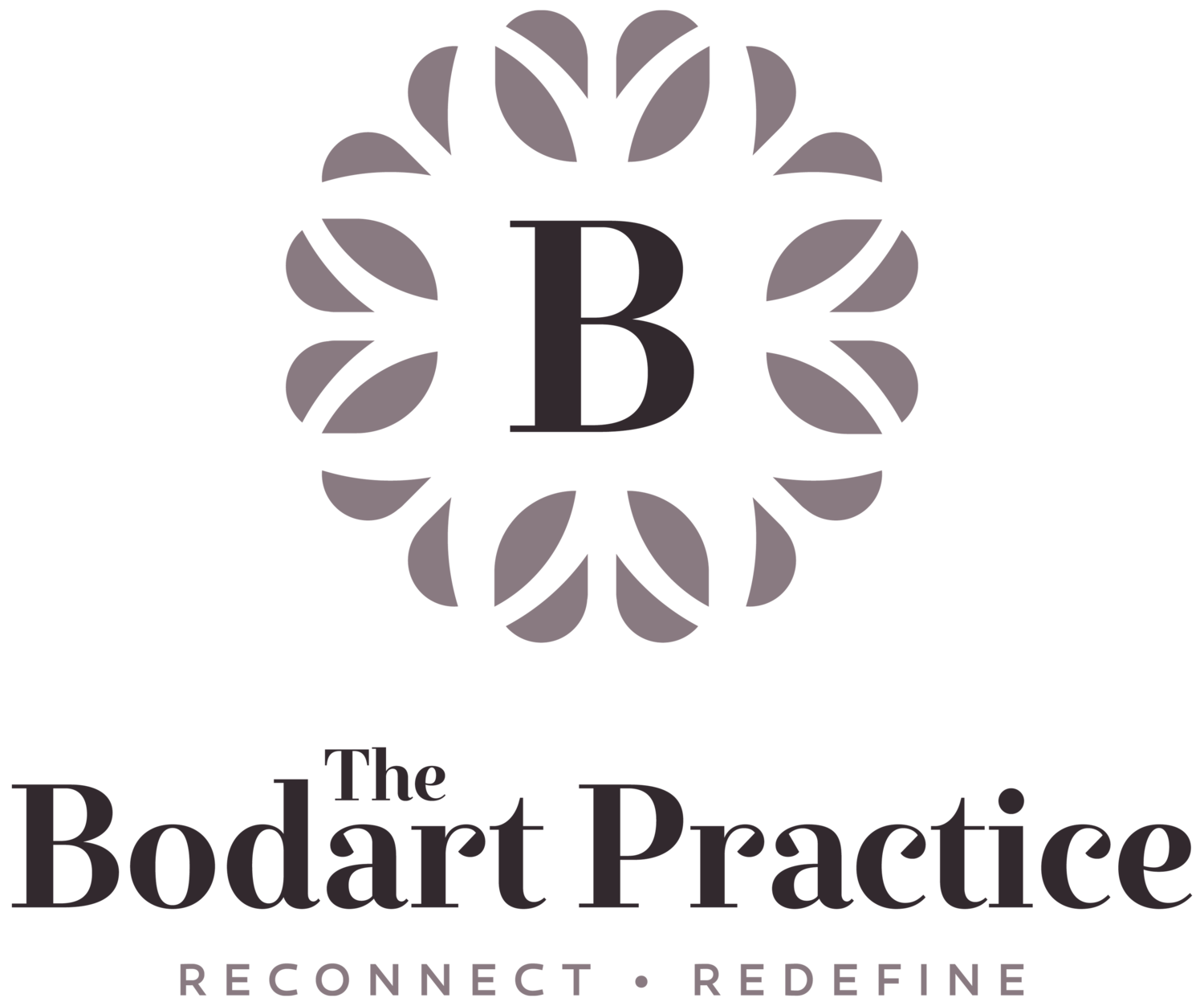My first time
My first experience of a sound bath was at a much needed and anticipated yoga retreat. I had navigated away from my busy life in London via train and ferry to the Isle of Wight, where I would be spending the weekend. Physically retreating is one thing but allowing the mind and body to join that retreat is another. The first evening was a dark and windy one; the room lit with a fire. I lay on my mat and under my blanket, not quite sure what to expect. And then it started. A meditation to begin. A building of sound. A deeply intense layering of sound and vibration from head to toe. Over the next hour I drifted in and out of different states of conscious awareness. In one moment, hearing the sound and feeling present, in another moment, immersed in a dreamlike semi-awake state. The term ‘sound bath’ couldn’t be more fitting as I floated around in waves of sound that were both powerful and deeply relaxing. This set off a curiosity about the power of sound to heal.
The Power of Sound
Music and sound have an undeniable power to transport us somewhere different whether that be in our imagination or memory. It is impossible to listen to “Morning” from Edvard Greig and not feel the warmth of the sun. Moreover, music and sound have been used to induce relaxation, sleep and meditative states from the use of instruments such as the didgeridoo in hunter gatherer civilisations to fluffy sheep white noise machines that mimic the womb in modern nurseries. Listening to certain sounds combined with a conducive environment have been credited with helping participants and observers gain a deep sense of wellbeing, relaxation or an altered state of consciousness.
Here at The Bodart Practice, Laura Devonshire uses Tibetan singing bowls which are a bell like instrument which are tapped or rubbed to produce various vibrations, sounds or effects. The size of the bowl produces different notes and frequencies all of which can have a powerful effect on the brain waves of the listener. Utilised for centuries by monks in Tibet and Nepal, the bowls produce a powerful relaxation effect. The development of the ability to relax (for it surely is a skill), to develop mindful practice and to sleep better have all been shown to reduce stress.
Although there is a range of individual responses, participants report a great sense of release after their sessions, feel relaxed and have a great night’s sleep, much like I did. Afterwards they report experiencing less intensity in the mental chatter of everyday life, more energy and positivity and more engaged with the people in their lives.
In the long term, sound therapy has been reported to help restore the immune system, perhaps through helping us to rest and give our bodies time to recover from the everyday and chronic stressors which have been shown to diminish it.
Can we use sound to directly influence the brain?
The therapeutic use of ancient sounds such as those produced Tibetan singing bowls and gongs are currently attracting considerable interest from psychologists and researchers as a method to manage and reduce the chronic stress levels often experienced in the modern world and (in conjunction with talking therapies) to help heal people’s emotional and even physical ailments.
Although such methods have been used for centuries, evidence for the effectiveness of such techniques have been more anecdotal until the refinement of measurement tools such as EEG (electroencephalogram), which help us to measure the frequency and pattern of brain waves in individuals. What has been shown by numerous studies (although more research is needed) is that the use Tibetan singing bowls in meditative practice are associated with a distinct change in delta wave activity in the brain; delta waves being those which are most closely associated with trance like states.
In the table below, we can see brain waves, as registered on EEG, associated with different bandwidths of brain activity. The concept of sound therapy is that as brain waves slow, the body and brain can begin to take real and meaningful rest.
(credit: Integrative Medicine • Vol. 19, No. 6 • December 2020)
There are several hypotheses for how sound therapy might work and as yet the mechanism is unknown. However, it may be that the singing bowls cause a change to or interact with the energies or vibrations produced by an individual’s brain or biofield.
If, in the knowledge that typical western approaches to stress management have their limitations and if we are open to an alternative approach, then it is certainly possible that we might be able to enjoy a future with lower stress levels, better health and more tools to cope with inevitable stressful events in the future.
If you are interested in enquiring about Sound Healing or speaking to a psychologist or therapist about how to improve your mental health, please get in touch and schedule a free call here.
Written by Carolyn Morell & Dr Natalie Bodart



